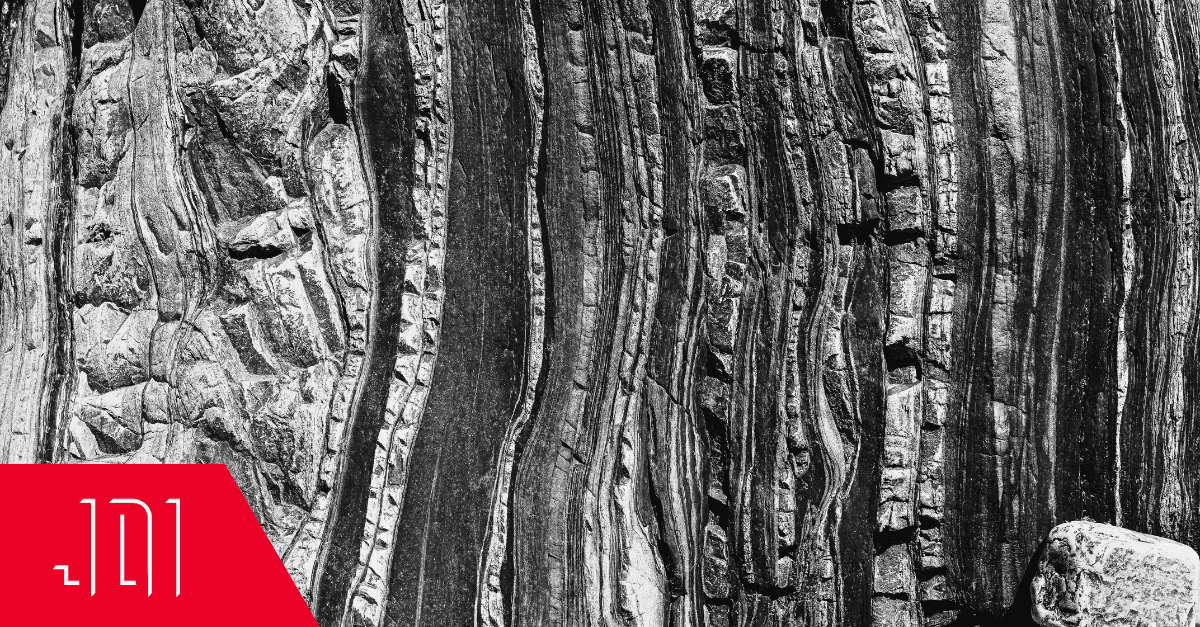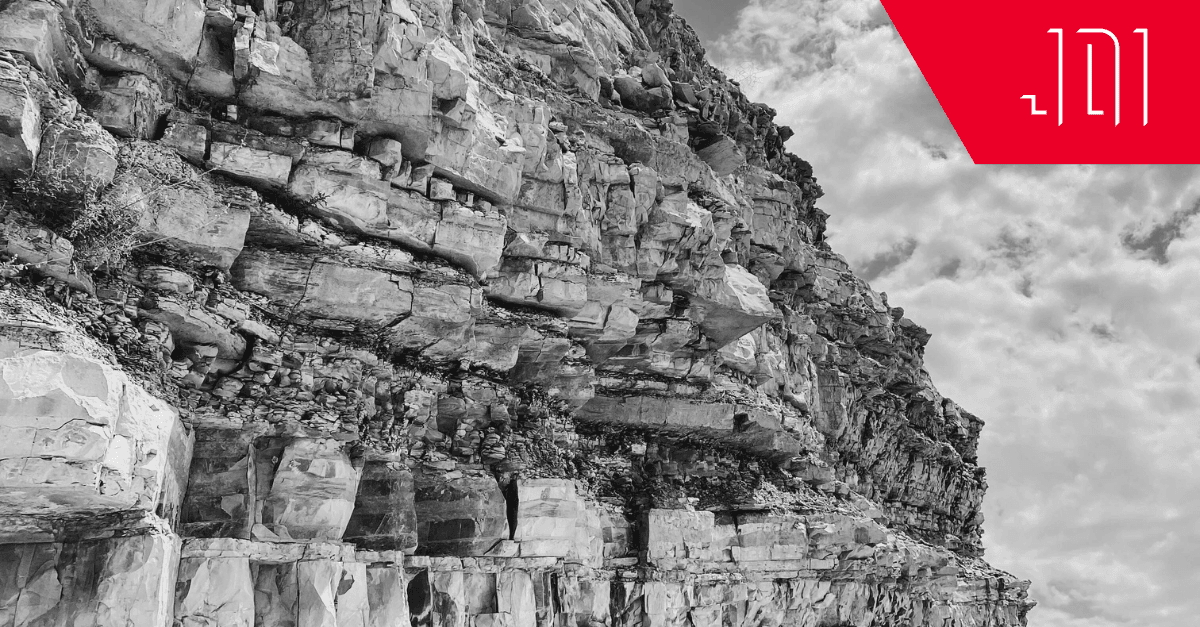Microscopic Miners and the Future of Rare Earth Elements
The energy transition is upon us. Scientists all over the world are working together to create interconnected, sustainable practices that will power our future world. Solar, wind, geothermal, and nuclear power have come a long way in just the past decade, and we are already seeing some positive results from the beginning of the transition. One crucial aspect of this process, however, is often overlooked: the growing need for rare earth elements (REE) to support creation and use of sustainable materials.
According to the US government, the need for critical minerals in the next few decades will grow by 400-600 percent. However, Traditional rare earth mining methods often cause land, water, and air to become unsafe for human use, while the surrounding land becomes unusable for living organisms. When toxic wastes pollute the air, water, and soil, they cause significant health problems for the organisms living nearby: cancer, birth defects, mysterious genetic changes. Droughts lead to crop failures and food shortages, and deforestation releases carbon dioxide into the atmosphere, contributing to climate change. The soil erosion and flooding caused by deforestation also destroys habitats for wildlife, leading to a loss of biodiversity. This loss of biodiversity can disrupt ecosystems and make them less resilient to change. It can also lead to the extinction of species, which can have cascading effects on the environment.
Because of Electric Vehicle (EV) advancement, demand for lithium alone is expected to jump 4000 percent. So how will we get our hands on all these REEs? The answer is not a simple one, but it could be very small. Microscopic.
Biomining, a particular subsection of the larger field of biohydrometallurgy, has the potential to revolutionize the ways we find and access precious metals and rare earth elements (REE). It’s all about microorganisms. Designed to be a sustainable alternative to conventional smelting processes, biomining uses microbes to separate particular precious metals from their bonds with minerals, thereby allowing scientists to capture and contain traces of cobalt, lithium, nickel, or whatever they’re after. In most common biomining situations, microorganisms like bacteria, fungi and archaea are introduced to untouched rock to leach away or dissolve unnecessary materials, leaving behind desired metals. More and more, these microbes are also being used in existing, abandoned mine sites to leach whatever trace metals are left there.
Researchers use microbes they find in natural environments, or, more recently they are engineering synthetic microbes themselves to get the work done. Some of the most promising technology uses biomimetics. Scientists and researchers observe the roles that microbes play in their natural environments, and then experiment with nature’s blueprint to develop similar processes for extracting rare earth elements (REE).
How Biomining Works
Biomining processes are both cheaper and more sustainable than other alternatives like heap leaching (which has proven to be dangerous), dump leaching, and conventional mining. Many biomining companies plan to reduce land intensity by retrofitting existing, abandoned oil and coal refinery infrastructure. In addition, Bioremediation can eradicate legacy waste left behind by hundreds of years of harmful mining practices. Microorganisms swoop in after sustainability crimes have been committed, cleaning up contaminated environments like mine tailings or oil spills.
Bioleaching is used for extraction of copper, gold, nickel, and uranium. This process uses microorganisms to dissolve metals from ore, while biooxidation uncovers trace amounts of useful metals by removing impurities from the materials they’re trapped inside. The microbes in the less common practice of bioflotation latch on to selected minerals and then bring them to the surface of a liquid pool. Scientists are currently designing even less invasive processes of mining necessary materials. Advancements in nuclear fusion will one day allow for the possibility of creating our own synthetic versions of rare metals and minerals.
What are we after and why?
By 2030, the projected total passenger electric vehicle sales will likely be between 40 and 50 percent. Biomining will be an important part of the transition to more sustainable transportation. EV car batteries require cobalt, which is biomined using a bacteria. Scientists are able to extract cobalt from rust (with Geobacter) without letting it penetrate their cells and kill them. Alongside cobalt, lithium is a crucial element in the evolution of longer-lasting batteries. Today, “more than 80% of today’s lithium is obtained from brine,” but researchers are hopeful about bioleaching from lepidolite using different types of fungus and yeast.
Our future grid depends upon reliable, sustainable baseload power. One such option is nuclear energy, and we’ll need plenty of uranium for that. Uranium deposits are plentiful deep within the Earth’s crust, but much more difficult to find in high concentrations closer to the surface. Scientists have had good results with bioleaching using “sulfur enhancements” and have found that though the process is lengthy, it is still more cost effective and less toxic than traditional uranium mining. Still in the research phase, laser-driven hydrogen-boron nuclear fusion offers a more sustainable model for nuclear power, as hydrogen is plentiful and boron can be biomined using microalgae.
One of the generalists of the bunch is zinc, which is used to galvanize other metals to ensure infrastructure is safe and dependable. It prevents rust from weakening alloys, and is recyclable. Like copper, heap leaching was once the most common way to access zinc. Now, zinc can be biomined from the earth, and also from consumer electronic waste. Large amounts of zinc and copper are both necessary for the commercialization of solar panels and creation of wind turbines. Australian mining company Rio Tinto has developed a bacteria for copper mining that is not only cost effective and environmentally friendly, but also “naturally produces heat when applied to certain types of rock.” Because of the heat reaction, this process pulls more copper than traditional mining.
What’s Next
Microorganisms are naturally abundant, tough, and varied. Cultivation is not only a low-carbon activity – the microbes themselves can be used to capture and eat harmful CO2 in the atmosphere. They serve a multitude of purposes, and we’ll soon be able to genetically engineer them and create synthetic batches to fit specific biomining needs. Companies like Cemvita and Maverick Biometals are leading the industry in bioengineering microbes that provide safe, efficient, and environmentally friendly extraction of rare metals.
One of the challenges facing mining is the decline in the quality of geological resources, but there are new solutions for recycling, and researchers are working to synthesize precious resources with synthetic materials to reduce the amount of REE necessary. Environmental concerns are a high priority for the industry, as well. The risk of contamination from biomining is certainly not as great as that posed by conventional processes, but scientists are beginning to collaborate in new ways to reduce environmental impact.
Unless we concentrate on using existing infrastructure for in-situ biomining, land intensity could become an issue that affects the global population. However, companies intent on accelerating the energy transition are thinking both creatively and collaboratively these days. For instance, Eden GeoPower’s novel electrical reservoir stimulation technology is a sustainable, environmentally friendly alternative to hydraulic fracking. Eden uses targeted electricity to increase rock permeability. In other words, they break up the rocks that hide REE so that resources (gas, minerals, metals, etc) are more easily extracted, optimizing environmental conditions instead of destroying them.
It will be important to not repeat the mistakes of the past by carefully considering the political and economic factors that prevent us from using our resources skillfully. The growing need to protect and renew the land that contains precious metals and minerals is necessary for survival. Biomining is just one technology in development for the energy transition, but its potential to free REEs while greatly reducing carbon emissions is huge. We have the ideas in hand, the technology on the horizon, and a community of scientists poised to take action. Now we must work together to unlock the rest of the transition.





